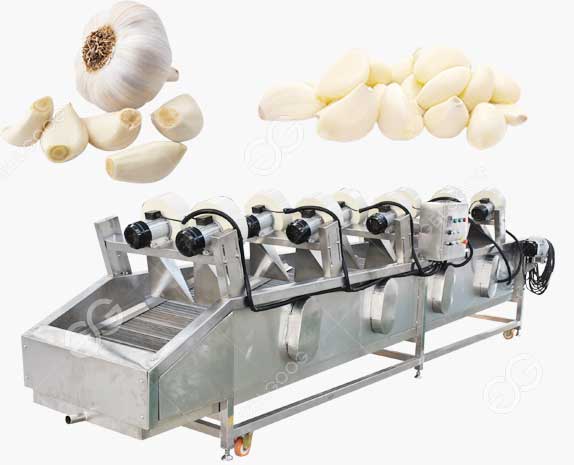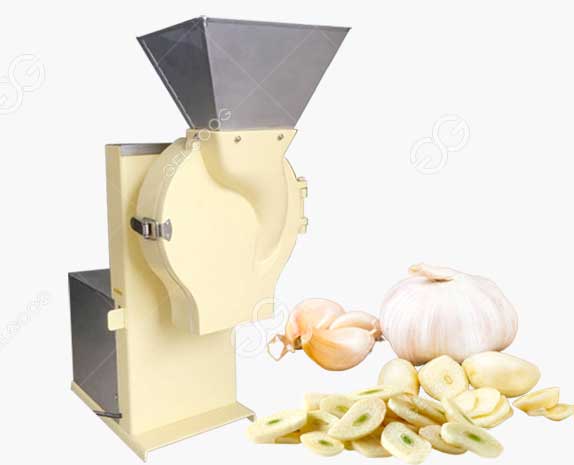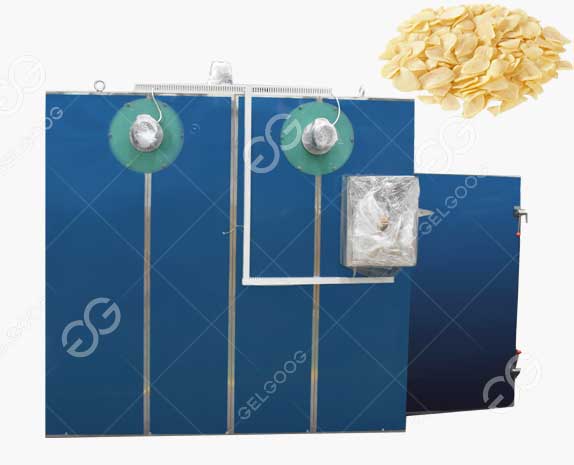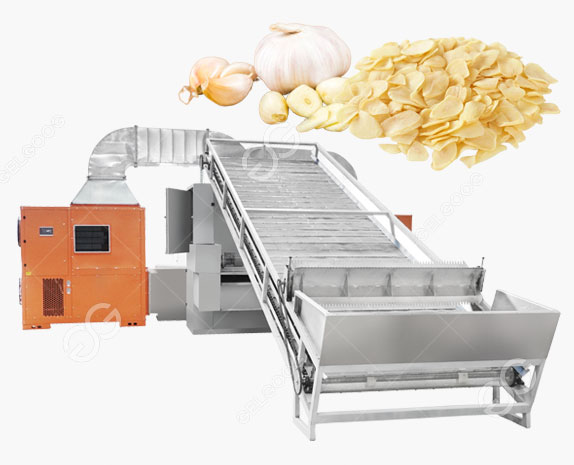Mangoes, often referred to as the "king of fruits," are not only a delicious summer treat but also a versatile ingredient in various culinary delights. To extend their shelf life and make them accessible year-round, many factories opt for drying mangoes. In this comprehensive guide, we'll explore the step-by-step process of how to efficiently dry mangoes in a factory setting.
Selection of Mangoes
The journey of drying mangoes starts with selecting the right variety. Opt for fully ripe but firm mangoes to ensure a balance of sweetness and texture. Common varieties like Alphonso, Haden, or Keitt are often preferred for their robust flavors.
Washing and Sorting
Before the drying process begins, it's crucial to wash the mangoes thoroughly to remove any dirt or contaminants. After washing, sort them based on size and ripeness to ensure uniform drying and consistent quality in the final product.
Peeling and Pitting
Once sorted, peel the mangoes using specialized machinery designed for efficiency. Remove the pit and cut the fruit into slices or chunks, depending on the desired end product. Automated peeling and pitting machines are commonly used in factories to speed up this labor-intensive process.
Pre-Treatment
To maintain the color, flavor, and nutritional content of the mangoes, a pre-treatment is often applied. This can include treatments like blanching or dipping the mango slices in a solution of citric acid and water to prevent discoloration and enhance the drying process.
Drying Process
The heart of the mango-drying process lies in the controlled drying environment. There are several methods employed in factories, including solar drying, hot air drying, or freeze drying. Each method has its advantages and is chosen based on factors like energy efficiency, product quality, and overall cost.
Solar Drying: This eco-friendly method utilizes the sun's energy to dehydrate the mangoes slowly. Solar dryers with adjustable trays are commonly used in factory settings to ensure an even drying process.
Hot Air Drying: This method involves using heated air to remove moisture from the mango slices. Conveyor belts or trays are employed to move the mangoes through the drying chamber, ensuring consistent results.
Freeze Drying: While a more expensive option, freeze drying preserves the mangoes' flavor and nutritional content exceptionally well. This method involves freezing the mango slices and then slowly removing the ice, leaving behind a freeze-dried product.
Quality Control
Throughout the drying process, quality control measures are essential. Regular checks for moisture content, color, and taste are conducted to ensure that the final product meets the desired standards. Any inconsistencies or defects are identified and addressed promptly.
Packaging
Once the mangoes are dried to perfection, they are ready for packaging. Vacuum-sealed bags or airtight containers are commonly used to protect the dried mangoes from moisture and external contaminants. Clear labeling with essential information, such as expiration dates and nutritional content, is crucial for consumer transparency.
Conclusion:
Drying mangoes in a factory involves a meticulous process that combines technology, precision, and a deep understanding of the fruit's characteristics. By following these steps, factories can produce high-quality dried mangoes that not only delight consumers with their natural sweetness but also offer a convenient and long-lasting taste of summer throughout the year.
If you want to start a drying mango processing business, you can contact us anytime. If you want to start a drying mango processing business, you can contact us at any time and we will provide you with complete solutions and quotations.




